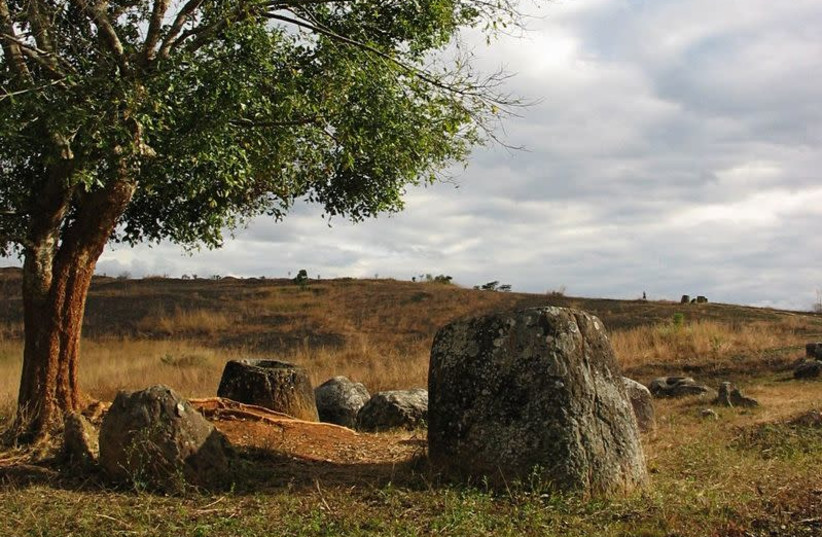Bone fragments found in Laotian cave provide new evidence of early failed human expansions out of Africa, according to a study published this week.
The peer-reviewed study, which was published in the academic journal Nature Communications, investigated bone fragments found in the Tam Pà Ling cave in Laos. The cave's name means Cave of the Monkeys and has previously been investigated for pre-historic human evidence.
Traditional models for human expansion out of Africa hold to two broad categories: Either an early dispersal model in which humans left Africa 130-80,0000 years ago and a later dispersal occurring after this period.
Genomic evidence strongly supported the second theory in which there was rapid dispersal out of Africa around 60-50,000 years ago, which split into two groups one heading to Europe and one heading to South Asia.
There is some genetic evidence showing earlier dispersal in present-day Australasian populations, however, this is not considered significant as it contributed less than 1% of their total genetic makeup.

Meanwhile, some fossils found in Greece and Misliya cave in Israel have been dated to 210,000 and 180,000 years ago respectively.
The researchers found that the bone fragments in the cave in Laos were between 92,000 and 65,000 years old. This is considered a conservative estimate by the researchers. The research also showed evidence of human activity at the site that lasted around 56,000 years.
Direct evidence of earlier expansions
Overall activity at the site was between 86,000 and 44,000 years ago and the fossil record showed direct evidence that there was a possibly unsuccessful dispersal out of Africa roughly 70,000 years ago.
The evidence also showed that the fossils were from human immigrant populations and not the result of local evolution from or admixture with Homo Erectus or Denisovians.
This combined with more recent discoveries of other Homo species in Laos and the surrounding countries shows that Southeast Asia was a region with high diversity in Homo species.
This challenges the previous models which only looked at successful expansions, genetic studies would not show evidence of unsuccessful human expansions due to their failure to pass on their genes.
